



Applications
| Applications | |
|---|---|
|
Advantages of recirculating chillers The cooling of machinery is essential in a large number of industrial enterprises. Today mains water – in other words, drinking water – is still used for this application in many cases. On the following pages, we present the most important industries in which our equipment is used. |
|
 Automotive Industry Automotive Industry |
|
|---|---|
|
Background to the automotive industry Together with the supplier industries, the automotive industry is probably the most important branch of our economy. The manufacture of automobiles unites technologies. In its entirety, it is therefore a major technical power and driving force for innovation. Cooling in the automotive industry A diverse range of cooling applications can be found in this branch of industry. Examples include:
|
 |
| ⇑ Back to top of page |
 Chemical Industry Chemical Industry |
|
|---|---|
|
Background to the chemical industry Processes from which heat has to be removed are no rarity in the chemical industry. Operational routines require cooling after long heating phases. As is the case for the heat input, this can also be controlled using periods and phases (ramps). Another assignment is the cooling of tanks, as for example in galvanic processes. In view of the need for special hydraulic features, such as unpressurized return, high start-up temperature, etc., even the standard version of National Lab recirculating chillers offer considerable advantages due to their wide range of available equipment options. In addition to improving product quality, the cooling processes in the chemical industry are aimed at increasing production outputs with reproducible quality. Cooling operations are often essential processing steps in which recirculating chillers are crucial requirements for a cost-effective implementation. Possible cooling applications:
|
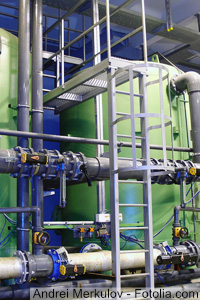 |
| ⇑ Back to top of page |
 Electrical Industry Electrical Industry |
|
|---|---|
|
Background to the electrical industry The electrical industry can be roughly divided into the two divisions of electrical appliance manufacture and electricity supply. Cooling in the electrical industry A growing quantity of cooling applications can be found in this industry. New technologies and processes are designed for high performance and thus almost always result in the need for cooling. The nature of the processes means that many applications generate a lot of waste heat. Examples can be found in:
Cooling is one of the factors responsible for a long thermal service life of components. |
 |
| ⇑ Back to top of page |
 Environmental Industry Environmental Industry |
|
|---|---|
|
The environmental industry has many cooling applications and is becoming more and more valuable. Solvent condensation, biogas processing, plastics recycling and many more are now established applications. Examples include:
|
 |
| ⇑ Back to top of page |
 Food Industry Food Industry |
|
|---|---|
|
Background to the food industry As a major branch of the economy, the food industry needs cooling in a variety of forms. The spectrum extends from preservation procedures for meat to the control of fermenting agents in wine production. Cooling in the food industry Typical of this industry is the use of stainless steel components. This is why recirculating chillers from National Lab are also available with a stainless steel housing. Another typical feature is the need for low water temperatures.
|
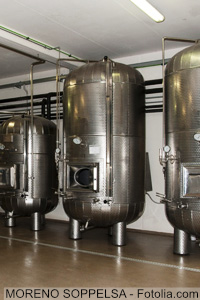 |
| ⇑ Back to top of page |
 Glass Industry Glass Industry |
|
|---|---|
|
Background to the glass industry The glass industry is an important branch of the economy and its products are used in many areas of business and daily life, including industry, research and the construction sector as well as private households. Cooling in the glass industry Glass processing is associated with great energy input. Consequently, thermal treatment or a secondary process is often followed by a cooling application. Examples include:
|
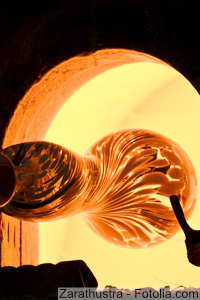 |
| ⇑ Back to top of page |
 Graphic Arts Industry Graphic Arts Industry |
|
|---|---|
|
Background to the graphic arts industry The graphic arts industry has a long tradition in Germany. It was here that printing with movable letters was developed some 400 years ago, and the construction of printing presses perfected. Cooling in the graphic arts industry In addition to the cooling of printing presses, the wide variety of separate trades means that there are a large number of secondary applications that require cooling. The following applications and processes are examples of the cooling tasks in the graphic arts industry.
|
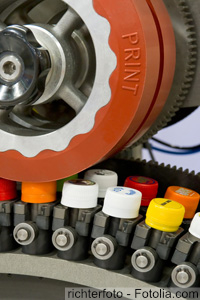 |
| ⇑ Back to top of page |
 Laser-Industry Laser-Industry |
|
|---|---|
Background to the laser industry Laser applications can be found to an increasing degree in many fields of industry, e.g.:
The applications are not only restricted to metal working. Wood, cardboard, plastics and many other materials can also be machined with this technology. |
 |
| ⇑ Back to top of page |
 Optical Industry Optical Industry |
|
|---|---|
|
Background to the optical industry Since its beginnings, the optical industry has contributed to technical and scientific progress. Research and development, design and fabrication comply with the latest international standards. |
 |
| ⇑ Back to top of page |
 Packaging Industry Packaging Industry |
|
|---|---|
|
Background to the packaging industry In addition to the function of making products suitable for transport, packaging in daily life also has the task of signalling through apparent integrity that the contents are untouched, undamaged and in best condition. As the eye takes part in the buying process, the packaging is also given an attractive and conspicuous appearance. Packaging thus not only consists of appropriate materials but also of printed products, coated surfaces, textured composites, etc. Cooling in the packaging industry A packaging line may therefore have different processes in which separate steps contain cooling operations. Examples include:
|
 |
| ⇑ Back to top of page |
 Pharmaceutical Industry Pharmaceutical Industry |
|
|---|---|
|
Background to the pharmaceutical industry The pharmaceutical industry conducts research and produces drugs. Cooling in the pharmaceutical industry Cooling applications can be found in many production steps within the pharmaceuticals industry. This important area of industry needs cooling from the manufacturing stage through to packaging. Examples include:
|
 |
| ⇑ Back to top of page |
 Plastics Industry Plastics Industry |
|
|---|---|
|
Background to plastics processing machines Cooling is necessary in all sections of this industry concerned with shaping, such as in:
National Lab is a supplier for all conventional machinery and plant in the fields listed above. General principles: In the industrial landscape there are various different forming applications for plastics. Mass-produced goods for industrial requirements, for the automotive industry, for space technology, etc. – and ultimately for all aspects of our everyday life – are manufactured with machines that depend on cooling. Cooling is required because of the processing which first involves heating a polymer (usually present in granulate form) so that it becomes plastic and can be deformed. After the deforming process, the plastic part has to be given its final shape. This involves cooling the plastic. In order to influence and control the timing of this production operation, the mould is specifically cooled for this purpose. This process then makes it possible to achieve high cycle times and cost-effective production as a result. Cooling is also relevant because it enables a lasting and constant product quality to be achieved. A water circuit is favoured for this function but not only for reasons of cost-effectiveness or for conserving drinking water resources. One property of freshwater is that the mineral substances it contains may precipitate at higher temperatures and block the cooling channels of the mould or machine with boiler scale. As a result, the cooling properties of the production equipment change gradually and have a negative effect on the cost-effectiveness of production and quality. Recirculating chillers from National Lab are fitted out for this assignment with appropriate hydraulic equipment as standard. The required cooling capacity can be derived from the material throughput as a function of the specific heat content of the plastic for each machine. If drive systems for hydraulics and peripheral equipment are added, their capacities also have to be determined from the manufacturers’ data and taken into account. |
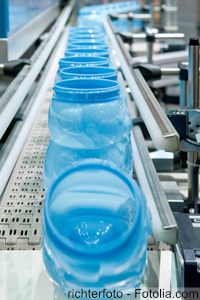 |
| ⇑ Back to top of page |
 Rubber Industry Rubber Industry |
|
|---|---|
|
Background to the rubber industry Products from the rubber industry are used in a diverse range of products.
Cooling in the rubber industry In a similar way to plastics production, the rubber industry needs cooling in thermal forming processes. Large gaskets, tyres and other large-volume components call for appropriate cooling capacities. Cooling applications during the manufacture of rubber parts and secondary applications include:
|
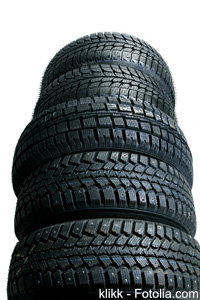 |
| ⇑ Back to top of page |
 Textile Industry Textile Industry |
|
|---|---|
|
Background to the textile industry The textile industry belongs to the producing sector. Raw materials (of vegetable or animal origin) are processed to make textile products (fabrics, felt, etc.) and then into consumer goods (such as items of clothing). |
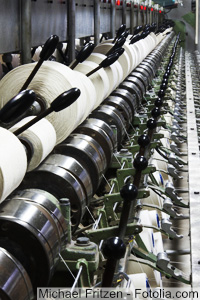 |
| ⇑ Back to top of page |


Product request
Offers/Catalogue
Tech Info
Project help
Planning aid
Service
&
Help
Catalogue
Data sheets
Bargains
warehouse claerance
Available now
